-
 Bitcoin
Bitcoin $113,297.8971
1.75% -
 Ethereum
Ethereum $2,813.6419
2.01% -
 Tether USDt
Tether USDt $1.0006
0.04% -
 XRP
XRP $2.4943
3.35% -
 BNB
BNB $676.4318
1.15% -
 Solana
Solana $159.0292
1.76% -
 USDC
USDC $0.9996
-0.03% -
 Dogecoin
Dogecoin $0.1856
5.72% -
 TRON
TRON $0.2911
0.45% -
 Cardano
Cardano $0.6516
5.55% -
 Hyperliquid
Hyperliquid $42.6867
4.89% -
 Sui
Sui $3.4146
12.69% -
 Bitcoin Cash
Bitcoin Cash $510.0986
0.21% -
 Chainlink
Chainlink $14.6393
2.93% -
 Stellar
Stellar $0.3007
3.91% -
 UNUS SED LEO
UNUS SED LEO $9.1025
1.18% -
 Avalanche
Avalanche $19.7655
4.08% -
 Hedera
Hedera $0.1812
5.06% -
 Shiba Inu
Shiba Inu $0.0...01280
4.16% -
 Toncoin
Toncoin $2.8931
1.85% -
 Litecoin
Litecoin $92.5035
2.92% -
 Monero
Monero $324.5990
1.46% -
 Polkadot
Polkadot $3.7098
3.14% -
 Dai
Dai $1.0001
0.00% -
 Ethena USDe
Ethena USDe $1.0008
-0.03% -
 Bitget Token
Bitget Token $4.4745
2.28% -
 Uniswap
Uniswap $8.2658
-1.13% -
 Pepe
Pepe $0.0...01156
8.48% -
 Aave
Aave $305.6971
1.18% -
 Pi
Pi $0.4888
4.12%
How to estimate gas fees before deploying a contract?
Deploying smart contracts on EVM blockchains requires estimating gas fees using tools like Hardhat, Remix, or gas trackers to manage costs effectively.
Jul 10, 2025 at 08:36 pm
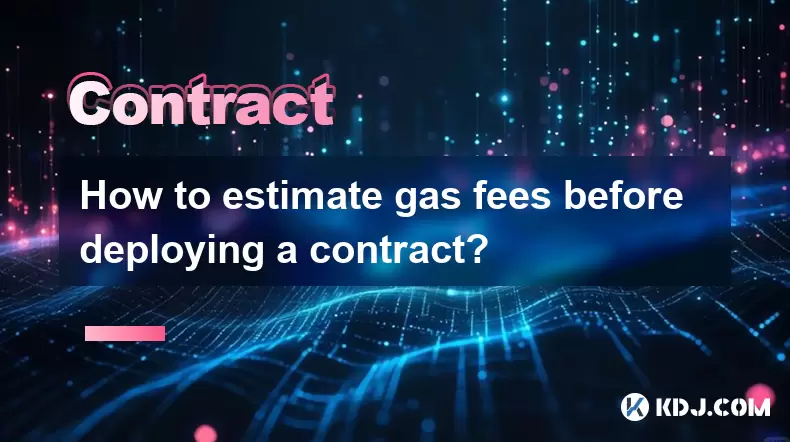
Understanding Gas Fees in Ethereum and Other EVM Blockchains
In the Ethereum Virtual Machine (EVM) ecosystem, every operation on the blockchain consumes computational resources. To prevent spam and compensate validators or miners, users must pay a fee called gas. When deploying a smart contract, the gas fees can be significantly higher than standard transactions because of the complexity and size of the code being deployed. Understanding how to estimate gas fees before deployment is crucial for developers and project teams aiming to manage costs effectively.
Gas fees are calculated using two main components: gas price (how much you're willing to pay per unit of gas) and gas limit (the maximum amount of gas you’re willing to spend). The total cost is then gas used × gas price, where "gas used" depends on the operations executed during the transaction.
Using Local Simulations with Hardhat or Truffle
One of the most reliable ways to estimate gas fees before deploying a contract is by using development frameworks like Hardhat or Truffle. These tools allow developers to simulate contract deployments on a local forked network or testnet environment.
- Start by installing Hardhat and initializing your project.
- Configure your
hardhat.config.jsfile to connect to a mainnet fork using a provider like Alchemy or Infura. - Use the Hardhat Network's capabilities to simulate the deployment locally.
- Call
estimateGas()on the contract deployment transaction to get an approximate value.
This simulation will give you an idea of how much gas your deployment will consume without actually spending real Ether. It’s especially useful when you're making iterative changes to your contract and want to compare gas usage across versions.
Leveraging Remix IDE for Quick Estimations
For developers who prefer a browser-based solution, Remix IDE provides a straightforward way to estimate gas costs. Remix connects directly to injected wallets like MetaMask and allows deployment to testnets or simulated environments.
- Open your contract in Remix IDE.
- Switch to the Deploy & Run Transactions tab.
- Select the environment as JavaScript VM or Injected Web3 if connected to MetaMask.
- Click on Deploy and observe the estimated gas cost shown before confirming the transaction.
While this method isn’t as precise as Hardhat simulations, it's ideal for quick checks and small projects. Keep in mind that actual gas consumption may vary depending on network congestion and miner behavior when deploying to mainnet.
Analyzing Bytecode and Opcode Costs
A more technical approach involves analyzing the bytecode and opcode costs of your contract. Each opcode executed during deployment has a predefined gas cost according to the Ethereum Yellow Paper.
- Compile your Solidity contract using solc or through a framework like Hardhat.
- Extract the generated bytecode and disassemble it into opcodes using tools like evm disassembler.
- Cross-reference each opcode with its corresponding gas cost.
- Sum up all individual gas costs to estimate the total deployment cost.
This method requires a deep understanding of the EVM architecture and is typically used for optimization purposes rather than general estimation. However, it gives insight into which parts of your contract contribute most to gas consumption.
Monitoring Real-Time Gas Prices with Gas Trackers
Even with accurate gas usage estimates, the final cost also depends on current gas prices. Tools like EthGasStation, GasNow, or Blocknative Gas Tracker provide real-time data on gas prices in gwei.
- Check the current slow, normal, and fast gas price recommendations.
- Multiply your estimated gas usage by the desired gas price to calculate the total ETH cost.
- Adjust your gas price settings based on urgency and budget constraints.
Some wallets like MetaMask automatically suggest gas prices, but they can be manually adjusted. For high-value deployments, it’s advisable to set a slightly higher gas price to ensure faster confirmation while staying within reasonable cost limits.
Optimizing Contract Code to Reduce Deployment Cost
Reducing the size and complexity of your contract can have a significant impact on gas fees. Here are some best practices:
- Minimize the use of storage variables, as writing to storage is expensive.
- Avoid large initialization logic in the constructor; break down logic where possible.
- Use immutable variables instead of regular ones when applicable.
- Consider separating logic into multiple contracts if feasible.
- Employ libraries like OpenZeppelin that are optimized for gas efficiency.
By optimizing your contract code, you not only reduce deployment costs but also improve overall performance and maintainability.
Frequently Asked Questions
Q: Can I deploy a contract without paying gas fees?
No, every transaction on the Ethereum network, including contract deployment, requires gas fees. Some layer 2 solutions or sidechains may offer lower or subsidized fees, but base-layer networks require payment in native tokens.
Q: Why does the actual gas cost differ from the estimate?
Estimates are based on ideal conditions. Actual costs can vary due to network congestion, dynamic gas pricing, and differences in node behavior during execution.
Q: How do gas fees work on other blockchains like Binance Smart Chain or Polygon?
Gas mechanics are similar across EVM-compatible chains, though gas prices and token denominations differ. You can apply the same estimation techniques on these networks.
Q: Is there a tool that automatically optimizes contract code for gas usage?
Yes, tools like Solc compiler optimizations, Slither, and Surya help identify gas-heavy patterns and optimize code structure for better efficiency.
Disclaimer:info@kdj.com
The information provided is not trading advice. kdj.com does not assume any responsibility for any investments made based on the information provided in this article. Cryptocurrencies are highly volatile and it is highly recommended that you invest with caution after thorough research!
If you believe that the content used on this website infringes your copyright, please contact us immediately (info@kdj.com) and we will delete it promptly.
- XRP, Axelar, Interoperability: A New Era for Cross-Chain DeFi
- 2025-07-11 02:30:12
- Bazball vs. India: England's Toss Troubles and Tactical Twists
- 2025-07-11 02:50:13
- Memecoins Plunge in 2025: Is This the End of the Hype?
- 2025-07-11 02:30:12
- OpenSea, Mobile, and AI: A New Era for NFT Trading?
- 2025-07-11 02:50:13
- Bitcoin Price Soars to New All-Time High: What's Driving the Surge?
- 2025-07-11 02:55:13
- BlockDAG's Seattle Seawolves & Orcas Deal Fuels Presale Mania: A Home Run for Crypto?
- 2025-07-11 02:55:13
Related knowledge
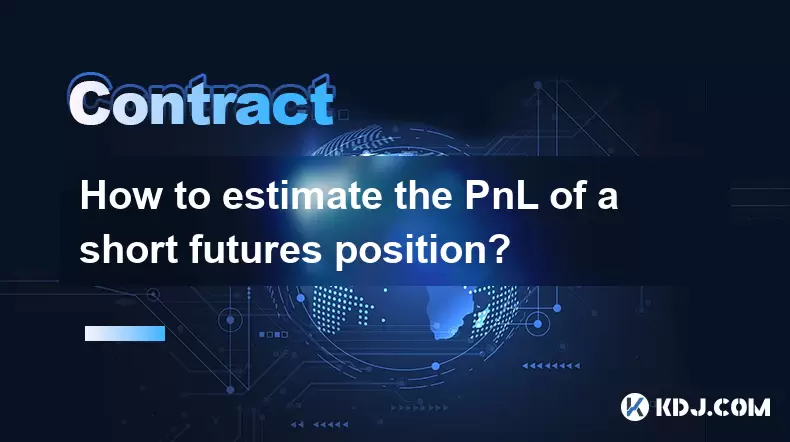
How to estimate the PnL of a short futures position?
Jul 10,2025 at 05:00pm
Understanding the Basics of Futures Trading and PnLIn futures trading, a trader enters into a contract to buy or sell an asset at a predetermined pric...

What are the most common smart contract design patterns?
Jul 10,2025 at 09:29pm
Introduction to Smart Contract Design PatternsSmart contract design patterns are standardized solutions to recurring problems encountered during the d...
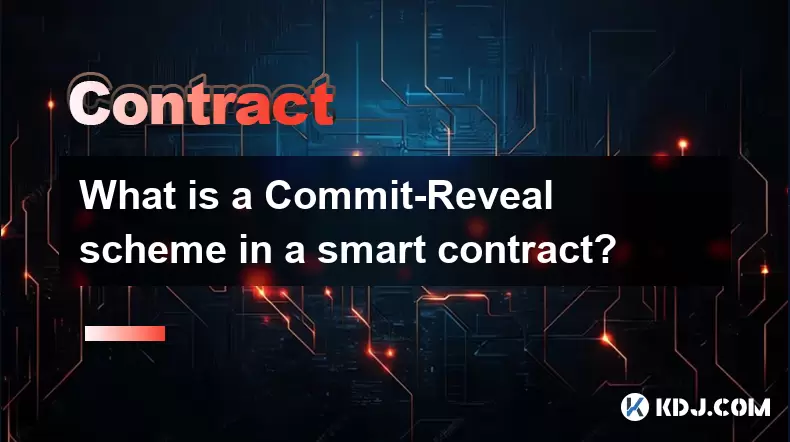
What is a Commit-Reveal scheme in a smart contract?
Jul 10,2025 at 05:22pm
Understanding the Concept of a Commit-Reveal SchemeIn the realm of blockchain and smart contracts, privacy and fairness are often critical concerns, e...
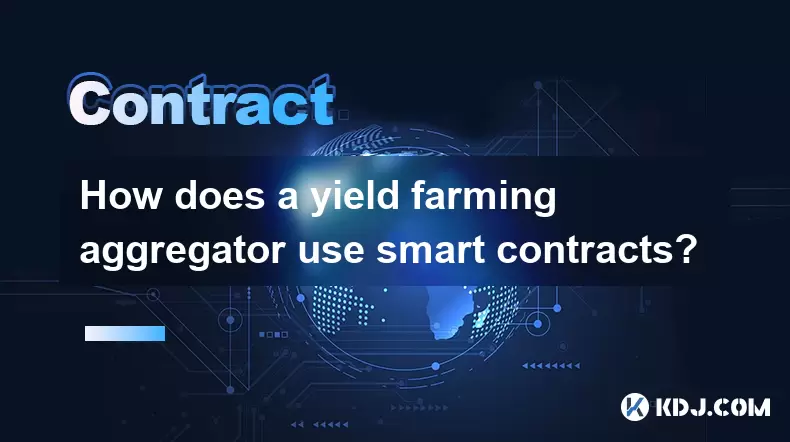
How does a yield farming aggregator use smart contracts?
Jul 11,2025 at 02:49am
Understanding the Role of Smart Contracts in Yield Farming AggregatorsA yield farming aggregator leverages smart contracts to automate and optimize th...
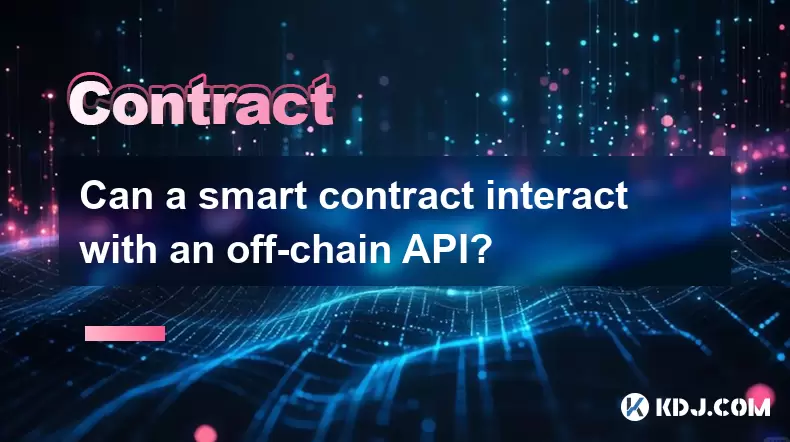
Can a smart contract interact with an off-chain API?
Jul 10,2025 at 09:42pm
What is a Smart Contract?A smart contract is a self-executing contract with the terms of the agreement directly written into lines of code. These cont...
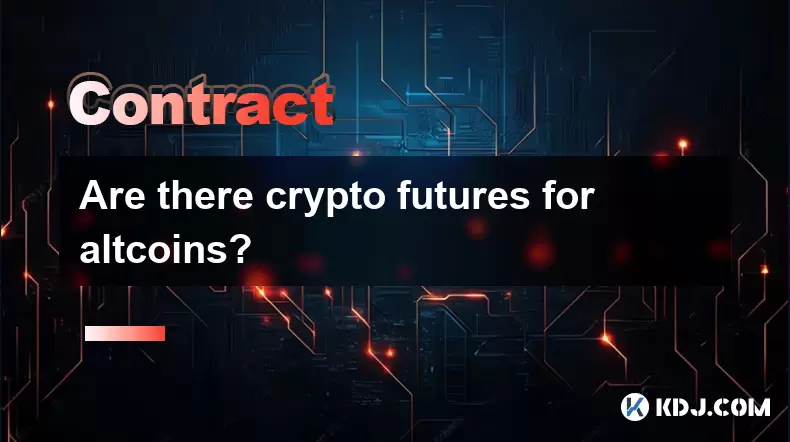
Are there crypto futures for altcoins?
Jul 10,2025 at 11:14pm
What Is a Crypto Faucet and How Does It Work?A crypto faucet is an online platform or application that rewards users with small amounts of cryptocurre...

How to estimate the PnL of a short futures position?
Jul 10,2025 at 05:00pm
Understanding the Basics of Futures Trading and PnLIn futures trading, a trader enters into a contract to buy or sell an asset at a predetermined pric...

What are the most common smart contract design patterns?
Jul 10,2025 at 09:29pm
Introduction to Smart Contract Design PatternsSmart contract design patterns are standardized solutions to recurring problems encountered during the d...

What is a Commit-Reveal scheme in a smart contract?
Jul 10,2025 at 05:22pm
Understanding the Concept of a Commit-Reveal SchemeIn the realm of blockchain and smart contracts, privacy and fairness are often critical concerns, e...

How does a yield farming aggregator use smart contracts?
Jul 11,2025 at 02:49am
Understanding the Role of Smart Contracts in Yield Farming AggregatorsA yield farming aggregator leverages smart contracts to automate and optimize th...

Can a smart contract interact with an off-chain API?
Jul 10,2025 at 09:42pm
What is a Smart Contract?A smart contract is a self-executing contract with the terms of the agreement directly written into lines of code. These cont...

Are there crypto futures for altcoins?
Jul 10,2025 at 11:14pm
What Is a Crypto Faucet and How Does It Work?A crypto faucet is an online platform or application that rewards users with small amounts of cryptocurre...
See all articles


























![Bitcoin is about to plummet and get 9-7W long-term short orders [Chainblade’s latest market BTC technical analysis] July 10, 2025 Bitcoin is about to plummet and get 9-7W long-term short orders [Chainblade’s latest market BTC technical analysis] July 10, 2025](/uploads/2025/07/10/cryptocurrencies-news/videos/bitcoin-plummet-w-term-short-chainblade-market-btc-technical-analysis-july/686f8f4c58e52_image_120_90.webp)






























































